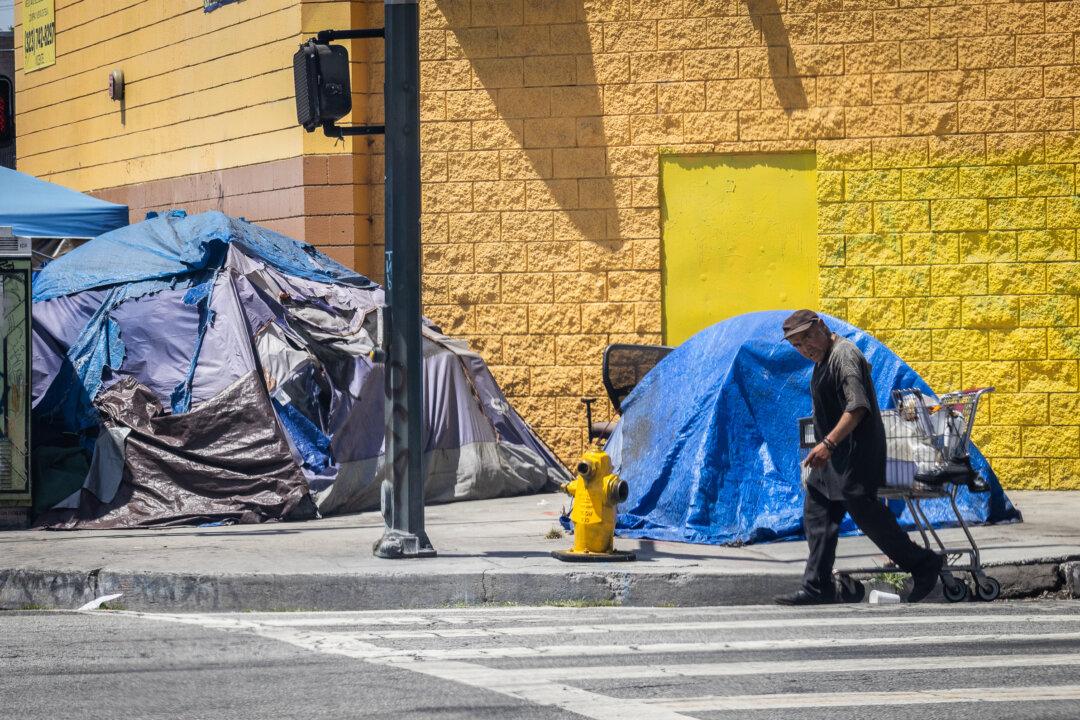SAN DIEGO—The size of a honey bee colony will impact how the colony makes potentially risky life-or-death decisions in the face of changing conditions, according to findings published Nov. 10 by researchers from the University of California–San Diego’s (UCSD) Division of Biological Sciences and Institute for Neural Computation.
Working at a UCSD apiary, the researchers—including one from the Westphalian University of Applied Sciences in Germany—collected data over several years on the behaviors of individuals in small and large honey bee colonies.
Efforts focused on communication, namely a vigorous “waggle dance” honey bees perform to let their hive mates know about an available food source beneficial to the colony.
According to the research, when conditions of such food sources deteriorate, or when a fellow hive mate is threatened by a predator, bees then produce “stop” signals—which include transmitting vibrations and delivering headbutts—that let waggle dancers know that the source is no longer a viable option.
The study, published in Wednesday’s ‘Journal of the Royal Society Interface,’ found that the size of the colony is the key determining factor as to how different colonies interact with those signals.
Large, established colonies with comfortable levels of food stores were less likely to take chances with risky food sources. However, smaller colonies pressed to locate adequate food to sustain themselves were much more willing to take risks and ignore warning signals.
“We created an artificial stop signal that, like natural stop signals, caused waggle dancers to briefly pause,” said lead author Heather Bell.
“By measuring how long waggle dances lasted, we found that bees from small colonies were indeed less likely to listen to the message from our artificial signal than those from large colonies,” she added.
The researchers said the results underscored that a strategy that works to sustain a small colony is not necessarily optimal for a large colony.
“It all boils down to risk. Smaller colonies will take more risk because they need food,” said James Nieh, a UCSD professor teaching ecology, behavior and evolution and senior author of the paper. “When a swarm starts a new colony, they are in a desperate situation and likely more willing to take chances.”
In the natural environment, Nieh said, the new study’s results help scientists understand how bees adapt to dynamic conditions, including climate change.
“Global climate change is shifting many things, including when flowers bloom, which in turn is likely shifting the habits of predators,” Nieh said. “Honey bees have an amazing resilience to these changes in part because of their intricate communication system, so this study helps us understand how they can adapt better.”





